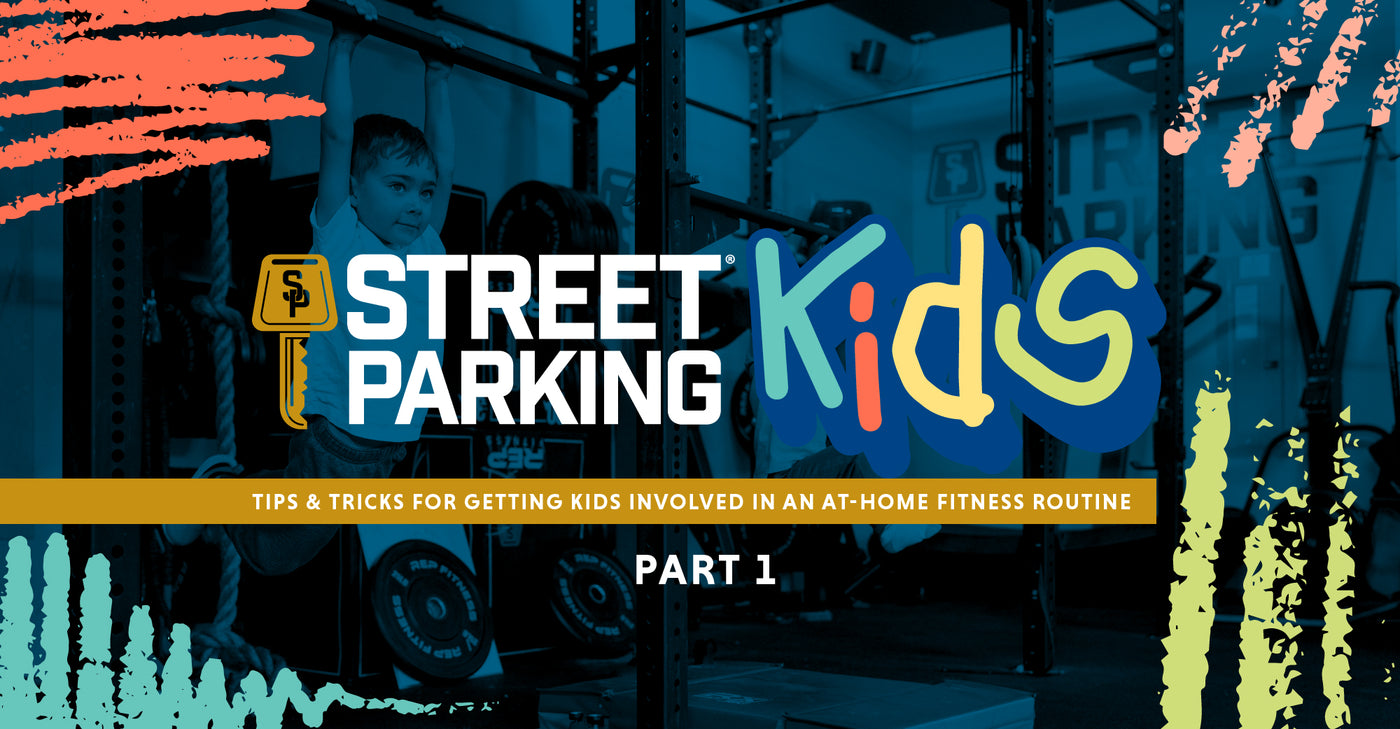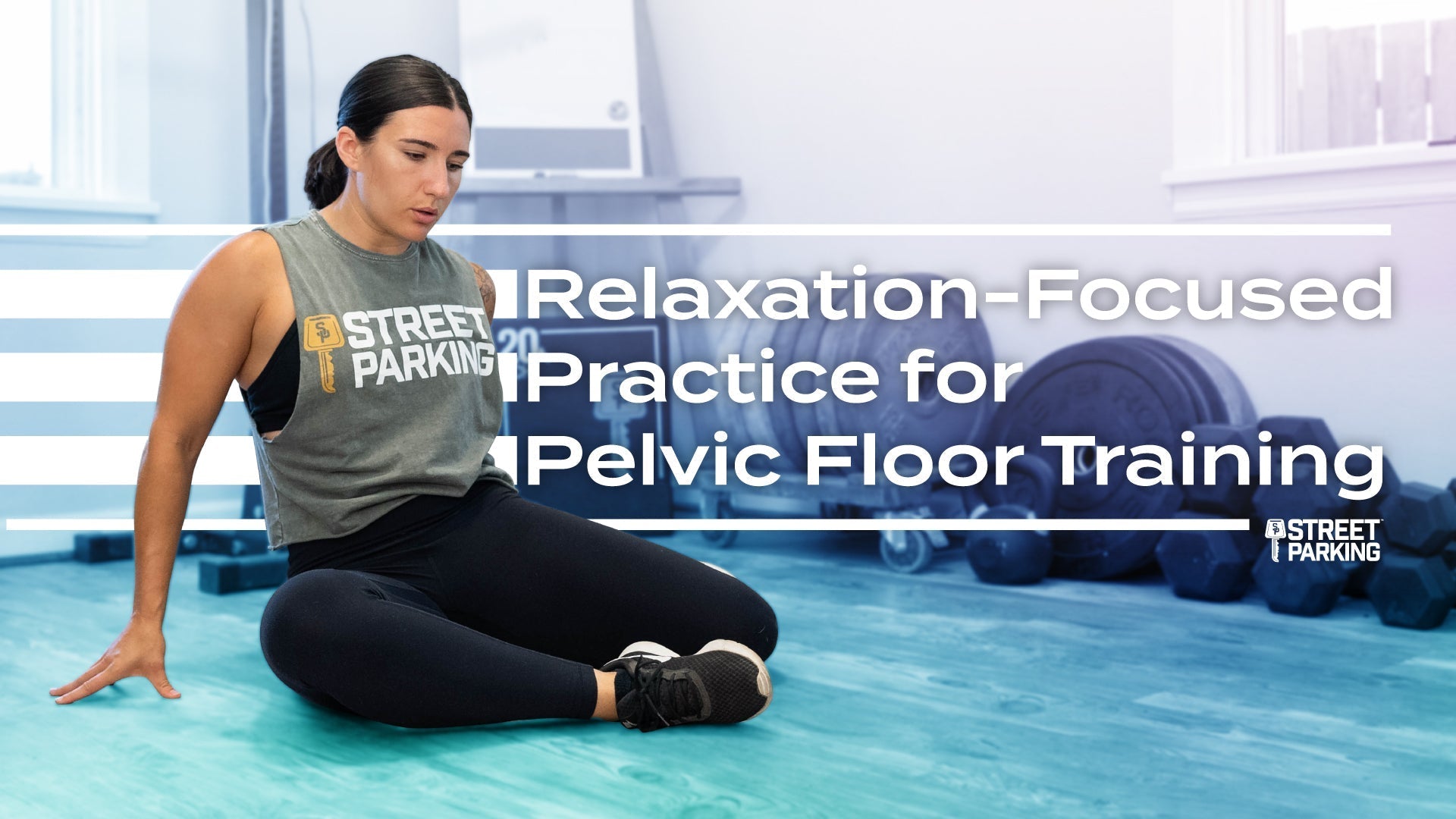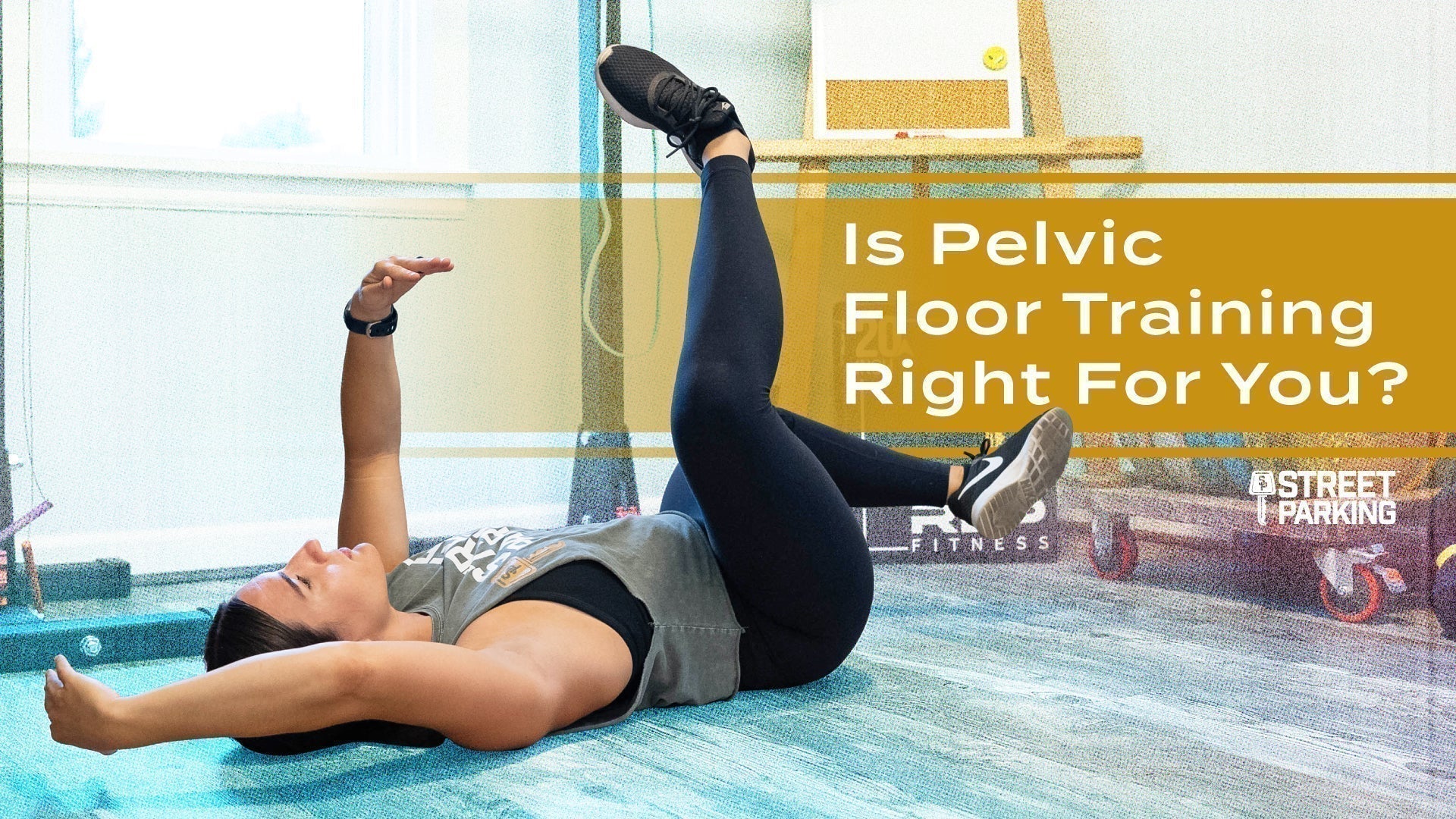Tips & Tricks for Getting Kids Involved in an At-Home Fitness Routine - Part 1

Rather Listen?
Parents who value health ultimately hope to pass those values on to their kids. There’s a desire to build confidence, motivation, and a love for movement. There’s a hope to create an environment that will allow their kids to build lifelong healthy habits surrounding health, fitness, and wellness.
Which means the big question that we at Street Parking get from parents is “where and how do I start?”
Street Parking has plenty of tips and tricks around fitness with youth, but here are three pillars that provide the foundation for our approach to programming (for all ages, but it’s especially necessary for kids and youth) and guidance on how to start.
- Pillar 1: FUN — relatable, positive, motivating, relevant.
- Pillar 2: SIMPLE — start small, manageable, easily understood, lots of repetitions.
- Pillar 3: SUCCESSFUL — empowered, build confidence, inclusion, scaling.
Pillar 1: FUN — relatable, positive, motivating, relevant.
Studies have proven that when an individual considers an activity to be “fun,” they are more motivated to take part in it, and therefore they are more likely to keep participating in that activity. Think about this with your kids: what is fun to them? Maybe your teenager loves racing you or earning heavier weight to move in a workout. But for your 5 year old, it could be playing "Simon says" with physical actions, working out to a song, doing movements like superhero squats or kangaroo box jumps, or making you proud. Start by thinking WHAT is fun, and if you don’t know, ask! Autonomy and choice often makes tasks more fun. You are ONLY limited by your own imagination, and theirs — and good thing most kids have big imaginations!
Pillar 2: SIMPLE — start small, manageable, easily understood, lots of repetitions.
Keep it simple by choosing movements that your kids already know. When you introduce new movements, do so 1-2 at a time. Focusing on a few movements at a time gives your kids the best chance to learn from repetition and establish a solid foundation for future development and success. Maybe you have a squat week at your house: You could focus on AMRAPs of different versions of squats, or you could practice different points of performance (or specific parts of a movement), so on Monday it’s knees out “your knees don’t like each other” and on Tuesday it’s heels on the ground “squishing bugs,” etc.
Think about doing something that is easy for you to coach. By keeping the task simple, it can stay fun and successful for YOU as well (Pillars 1 & 3). Maybe your child has a favorite song or game. You could decide to play that game or song every day, or you change the movements you do — that works too! Simple is often routine and something you understand, the kids enjoy, and everyone is comfortable with, so don’t be afraid to do the same types of activities multiple times. Science proves that repetition helps in development!
Also, FITNESS FREEDOM! You are the expert in YOUR child. Use the workouts as templates, adjust where needed, or ask for help and ideas.We encourage you to change the format to match your family's fitness needs. Maybe have them follow you in your workout with some adjustments, or work when you work, or partner-style the workout.The options are endless, but keep in mind the goal: We want to start with getting them moving, ideally having fun doing it with you in manageable ways, and in time they will learn to move well.
Pillar 3: SUCCESSFUL — empowered, build confidence, inclusion, scaling.
How does a child know when they are successful? Well, what is the goal? Try setting an intention for each workout! It could be learning to perform a specific movement (like knees off the ground in the bear crawl) or it could be about effort and just working hard the entire time. Setting an intention and goal setting together can help you better understand what motivates them.
Praise kids for working hard! Children naturally want to please and be noticed. When they are being praised for their hard work, when their effort is noticed, this feels like success which in turn will make it fun!
Also, think about movements, specifically about safety and success. If a kid has never been upside-down before, they should not attempt a handstand walk in a workout.When movements are appropriately customized, children get to build their physical development skills. As they learn to move with good quality movement (before demanding more of them), they have a better chance to avoid failure and injury.
Think about how you can challenge kids to build confidence but also build skill. For example, if a child cannot hang onto a bar for more than 5 seconds, they are most likely not able to do strict or kipping pull ups. If there is a skill that is challenging, try practicing that movement in an “open” gym style format without having to perform under intensity or pressure for a workout. They have their whole lives to build skill — sometimes patience, for you as a coach/parent and for them as a child, can be a challenge as well.
Practical Tips To Consider
EXERCISE SHOULD NOT BE COMPULSORY OR A PUNISHMENT. Remember, the whole idea is to preserve exercise as something fun, not forced.Treat the workout as a template so that you can best adjust or customize for the needs and wants of your child. Similar to how you may approach the adult versions of the Street Parking workouts, some days you may want to do SHIFT, while other days you may want to throw down with the barbell, and then some days #morethannothing is what you need! The goal is to first start by getting them moving, then have fun moving, then moving well. Your only limitation is your imagination… you can’t mess this up!
SUGGESTIONS FOR AGE LEVELS & EXPERIENCE: Keep in mind motivations and experience. Kids are motivated by different things — and most likely kids are NOT wanting to grind through a super long or extra hard workout like most adults are capable of. That being said, SOME kids are more competitive and experienced, and they will want harder/longer challenges.
We suggest using an approach found in the Daily Workouts: offer an “extra challenge” version… and also an “extra chill” option. Generally, when approaching a workout, our younger (preschool age or younger) or less experienced kids may need to shift to a customized “extra chill” format while older (preteen/teens) or more experienced kids may try out an “extra challenge.”
Another option: If it seems like it could fit the age level or experience, check out SHIFT or other options of the Daily Workout and adjust as needed. Look at some of the Team versions and customize so you can do them with your kids, preteens, teens! Use your fitness freedom and take advantage of all the customizations and versions available. The goal is to meet your children where they are at and allow some positive challenges if they are able, motivated, and capable.
Here are some questions to guide you on how to customize a workout for a child:
- Is the child having fun?
- Is the child asking and capable of being successful with more challenges or with a different variation?
- Is the child needing more or less structure to enjoy this? Is today an “open gym and play” day?
END IT BEFORE IT’S DONE! is great advice to keep in mind.We want kids to look forward to getting in some fitness every day, not to think of working out as a chore or something they are failing at (which is NOT fun).The BEST thing that can happen is they are SAD the workout is already over and are excited to do more with you tomorrow! Or even better, give them more time to work on skill/“play” in the gym.


